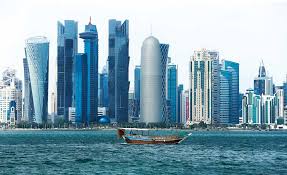Early on Monday, Nigeria’s groaning grid gave way for the fifth time this year, underscoring the nation’s incapacity to supply consistent electricity following the 230% hike in rates for richer customers just two weeks prior.
On April 3, to cut the $2.6 billion in industry subsidies, the government of Nigeria authorized a fee increase for the 15% of consumers who use the most power.
Laptops 1000Musiliu Oseni, the head of Nigeria’s electricity regulator, defended the pricing rise by claiming it will stop grid breakdowns and attract investment to the industry.
According to national supply data, the power supplied via the grid decreased from 4,020MW the day before to approximately 50MW early on Monday.
The Transmission Company of Nigeria, which is in charge of the grid, has not yet released a statement regarding the reason behind the most recent almost total stoppage of power transmission via the system.
Grid collapses in the past have been caused by vandalism and gas shortages.
With the new rate, around 15% of consumers will now pay 225 naira per kilowatt hour instead of the previous limit of 68 naira, and they will receive up to 20 hours of supply every day.
The pricing hike has drawn criticism from analysts who argue that it transfers more power from the paltry 4,000MW available for distribution to over 200 million Nigerians from the grid to wealthier consumers.
The most populous country in Africa, Nigeria, has seen years of slow economic progress as a result of ongoing electricity shortages.
Numerous issues plague the country’s power industry, such as a deteriorating grid, gas shortages, excessive debt, and vandalism.
Nigeria produces only about 25% of its installed capacity of 12,500 megawatts; therefore, many citizens depend on pricey diesel generators.




















